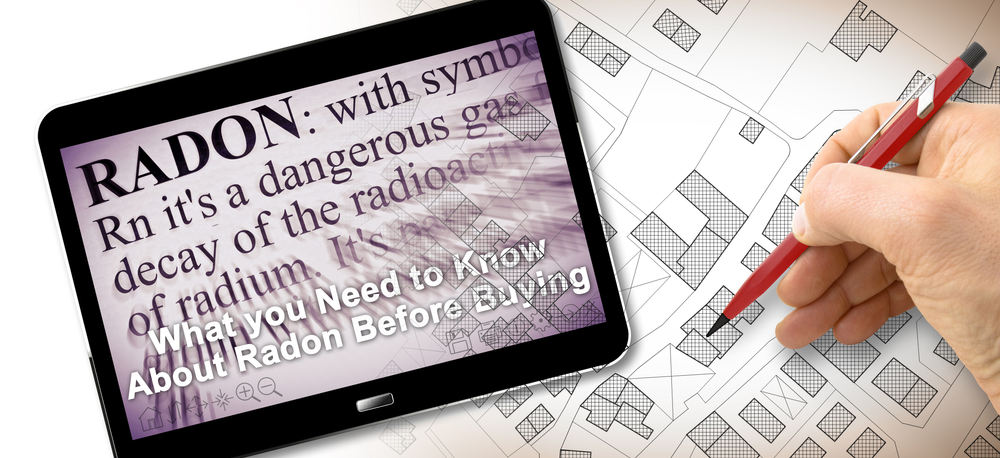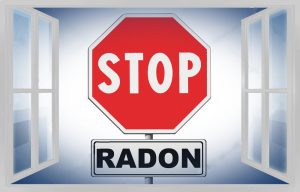You cannot see or smell radon gas. To detect it, you have to get radon testing done. The Environmental Protection Agency and the United States Office of the Surgeon General recommend that we test homes for radon every two years. The need for testing is even more important if you plan to build, sell, or purchase a new home. You may do the radon test yourself using a DIY kit or hire a professional radon inspector. The EPA approves both the methods.
It’s why you need to test for 2 to 90 days (short term) or more than 3 months (long term). You may conduct short-term testing if you need the results quickly. However, you should immediately do another short-term test after the first one.
Long-term radon tests will show better information about your home’s average radon levels.
Radon testing devices-passive
Radon tests identify the gas directly or the products that form from radon’s radioactive decay. There are two types of radon testing devices- passive and active devices.
Passive devices do not need electricity to function. They capture radon or its resulting products. Then, there is a waiting period. After that, a lab carries out the analysis. Examples of passive detector devices include charcoal liquid scintillation, electret ion, alpha track, and charcoal canisters.
Charcoal liquid scintillation and charcoal canister devices take in radon and its byproducts and transfer them into the charcoal. The sample is sent to a laboratory.
- At the lab, the sodium iodide counter counts the radioactive particles transmitted by the charcoal.
- Sometimes, the detector counts the radioactive light by a scintillation medium.
- Alpha track detectors are coated in plastic film, marked by alpha particles that hit it.
- In the lab, the plastic gets treated with chemicals to highlight the tracks.
- Once visible, the tracks are counted.
Many Electret ion detectors come with a Teflon disc that is statically charged. When the ions created from radon decay hit the Teflon disc, it reduces the electric charge. In the lab, the technician will measure the charge reduction and calculate the radon level.
If you want to test for radon using a passive testing device, these are available at most hardware or big box stores. You can order these via mail. You can also get Electret ion detectors from laboratories. Passive devices are more affordable than active devices. They do not require special training to use. We see charcoal liquid scintillation detectors and charcoal canisters more in use for short-term radon testing.
How to conduct short term radon testing?
Choose a testing day that suits you perfectly. You don’t want any rainstorms or high winds.
For one, close the windows and doors for twelve hours before opening the radon testing kit. Go to the lowest level in your home to place the test. Next, put the testing kit on a flat surface. Keep this at least two feet away from the floor. Ensure you center it in the room and away from laundry equipment, fans, air conditioners, and heaters.
Once you open the kit, start recording the time. Leave it on the designated spot for two days. Keep pets, small children, and family members away from the testing area. The windows and doors of your entire home should remain closed, except for the main entry/exit point. After two days, seal the testing kit. Record the time and send it to the radon testing lab. The address and details will be in the testing kit.
You will receive the lab test results within a week to ten days. The results will be in picocuries. Is the results indicate 4 picocuries per liter or more? Then the EPA asks you to reduce radon gas levels. This is usually a radon mitigation system.
Radon testing devices-active
Active radon testing devices require electricity and continuous monitoring devices. These devices detect and record radon levels and their byproducts continuously. They are more expensive and require a certified professional tester to install and operate.
After this, a radon measurement technician will evaluate your home’s layout. Then, the person will install a radon monitor. This is an active testing device that will give precise radon gas readings. Similar to a passive testing device, active radon testing is performed in closed conditions. This helps capture accurate radon levels. Results are available within two days.
Hire a professional radon gas tester in your area.
Are you concerned about the radon gas levels in your home? Get a custom radon testing estimate from our certified experts. Contact Atlantic Radon Mitigation today.




